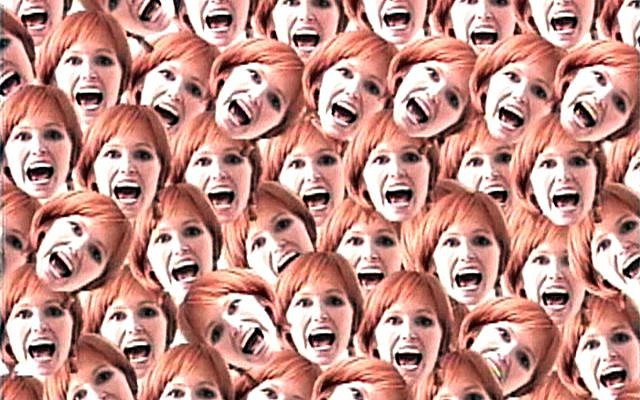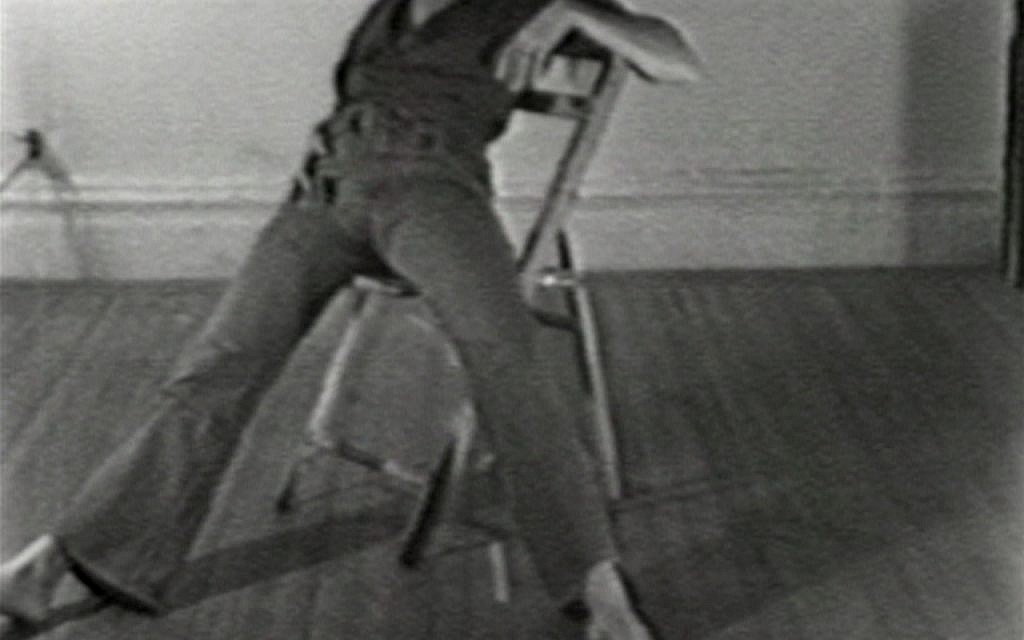Zuckerman Museum Hosts Art of Silent Expression
What if you could express yourself without words? The Zuckerman Museum of Art is attempting to show what that might be like with its new “Louder than Words” exhibition.

Words can be taken out of context, misinterpreted, miscommunicated. They can ruin relationships and political careers. Simple texts or posts can forever change someone’s life for better or worse.
But what if you could express yourself without words?
The Zuckerman Museum of Art at Kennesaw State University is attempting to show what that might be like with its new “Louder than Words” exhibition, which opened Feb. 2.
The exhibition breaks down non-verbal communication into the silence that exists without words. It features artists who “privilege silence (non-linguistic sounds, symbols gestures) over words as their method of communication.”
The artists, a few of whom are deaf, express silent communication through mediums of paper, video, sculpture and performance.
Curator Teresa Bramlette Reeves said the impetus for the exhibit came from the reaction her art students had from studying Yoko Ono, a Japanese multimedia artist and wife of the late John Lennon of The Beatles.
“They recognize her vulnerability,” Reeves said about her students’ connection with Ono’s video art. “They relate to her as an anti-war activist against Vietnam.” Reeves describes Ono’s 1964 video “Cut Piece,” part of the exhibit, as slow, palpable and powerful with as much relevance today as then. “She is sort of the heart of the show.”
Of the deaf artists, Reeves wrote in the exhibition brochure, “they reveal the gaps inherent in communication — what is missing, misunderstood, intentionally ignored, or entirely invented.”
The exhibit was built around the emotional core left when there are gaps and lapses in communication and translation, Reeves explained. “It’s an emotional place that provided a jumping-off point.” Straddling the silence was a “powerful position to work from,” she added.

The known Jewish artists in the exhibit include Dara Birnbaum and Alix Pearlstein.
Birnbaum’s black and white video from 1975, “Chaired Anxieties: Abandoned,” generates an emotional, psychological state. Just by sitting on a wood folding chair and moving, the video expresses her anxiety, tension and helplessness, Reeves said. “It’s a performance piece that is close to dance movements. It’s really kind of wonderful, very expressive without being verbal. There’s no sound to it. It’s all movement.”
In Pearlstein’s 2000 “Conversation” between a man and a woman, the verbal repertoire consists of groans, sighs, growls, laughter and primal screams, according to the exhibit brochure. The abstract communication allows the couple to connect using only noise, sounds and gestures instead of words, Reeves explained.
The Zuckerman museum, in its fifth year, has three exhibits a year, she said. One of the galleries is dedicated to Ruth Zuckerman’s work. It was gifted to the museum by Bernard Zuckerman in 1999 and incorporates 40 years of her life and artistry, including sculptures of stone and bronze, photography, paintings, plaster maquettes and the artist’s personal archives. Her sculptures are based on universal themes of family, love and protection. The exhibit is rotated every 1 ½ to two years, Reeves said.
Bernard Zuckerman, an industry leader and arts supporter, pledged $2 million to build the museum in 2010. It was matched with $1 million from community donors. Zuckerman attended the groundbreaking, but died a year before the 2014 opening, Reeves said.
The “Louder than Words” exhibition runs through May 5. For more information, visit zuckerman.kennesaw.edu.



comments